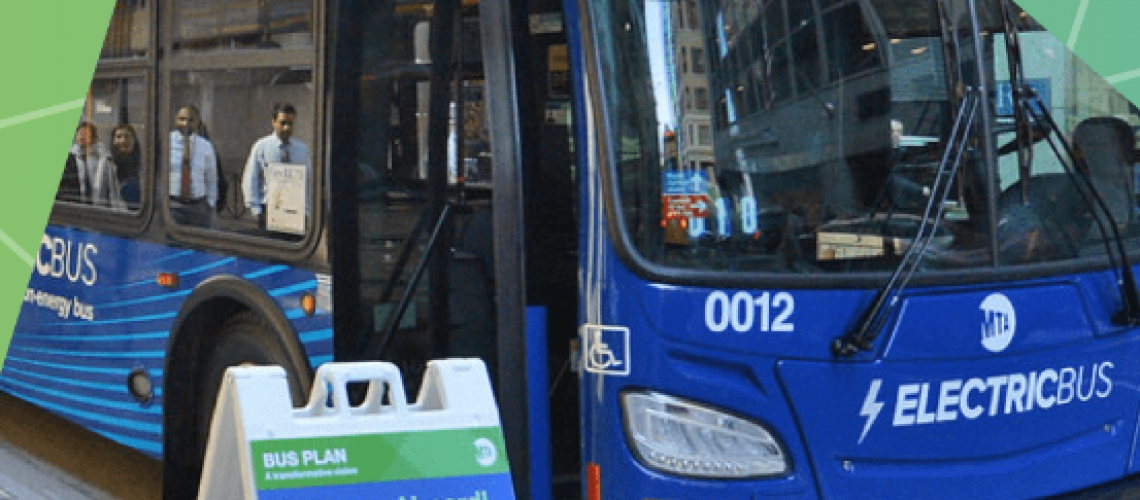Madrid’s first bus rapid transit (BRT) service has been launched this month, connecting two main neighbourhoods over a length of 15.5 km and cutting travel time by 20 minutes. It will now be possible to reach the Hospital Ramón y Cajal in the north of the city in only 30 minutes when departing from the Valdebebas neighbourhood, which has rapidly grown in recent years.
The newly launched BRT service is expected to substantially benefit residents living in these neighbourhoods, which are currently underserved by public transport. This is the first BRT service launched in the Spanish capital, connecting two key neighbourhoods, two major hospitals and fostering the link for which locals have been asking for a long time. The service was launched at the beginning of June with the fully electric buses driving on bus priority lanes on 2/3 of the route.
The Spanish capital also chaired the 2023 Eurocities Mobility Forum, which took place in Porto from 31 May to 2 June, and will lead the Forum for the two coming years, showcasing its efforts in enhancing public and active travel. In March 2023, Madrid recorded an additional 800,000 more trips per day (by car, bike, walking, scooting and public transport) compared to the previous year, with a decrease in the use of car and an increase in trips by public transport, cycling and walking. According to Lola Ortiz Sanchez, Madrid’s General Director of Planning and Mobility Infrastructure, this success is due to ‘improved public transport services and better space for active travel, which are making people voluntarily shift to more sustainable and socially inclusive transport modes.’
Among the topics of this year’s forum, European cities and mobility experts discussed transport poverty and how this is being addressed by European cities, the role of digitalization in innovating urban public transport, as well as the expected impact on cities of the upcoming revision of the EU’s Trans-European Transport Network (TEN-T) Regulation. The proposed revision of the TEN-T Regulation aims, in fact, to reinforce the role of cities as ‘urban nodes’ and adapt their transport policies to meet additional requirements, further developing a connected network of transport corridors across Europe.


